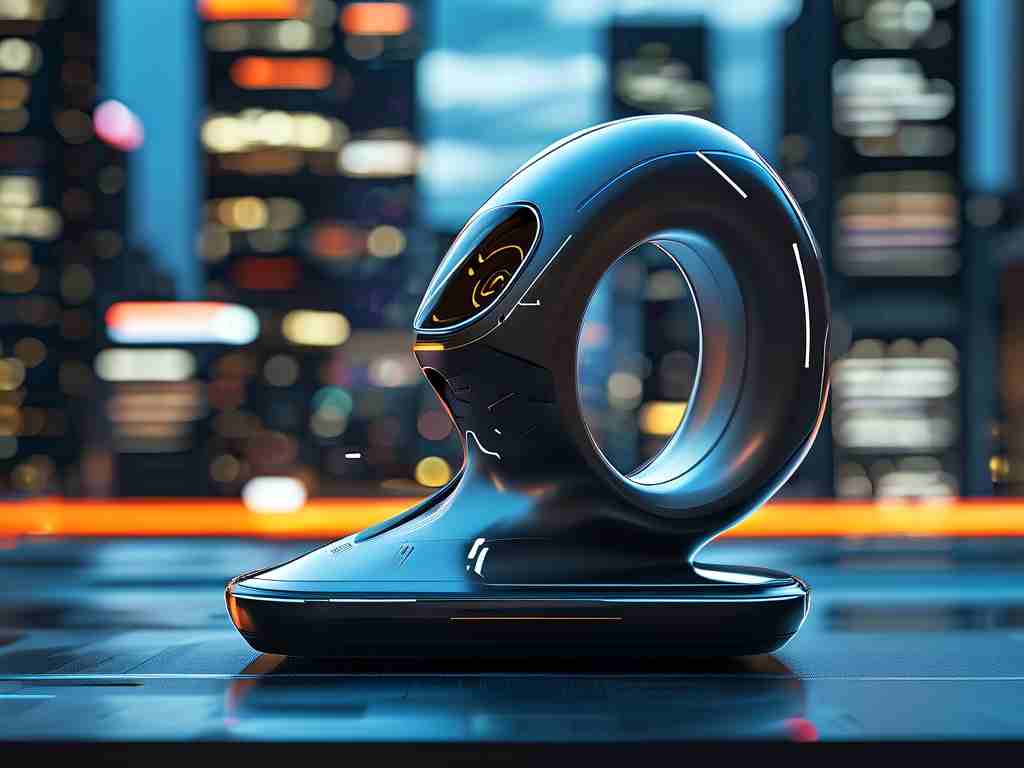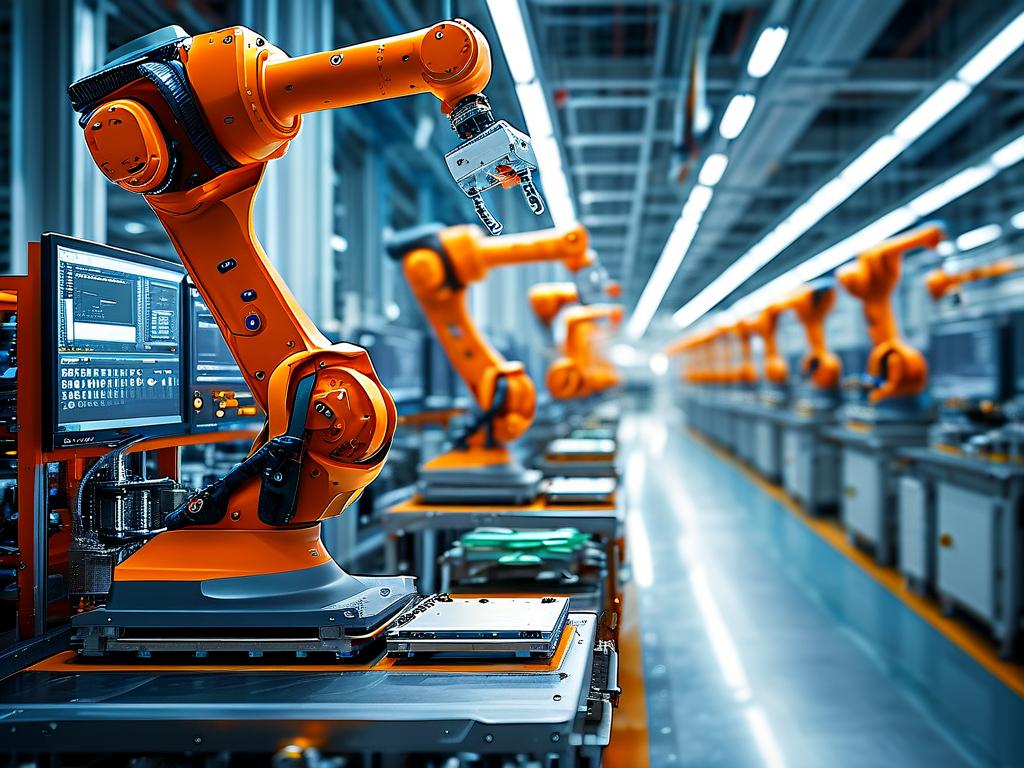Foshan, a bustling city in Guangdong Province, has emerged as a pivotal hub for embedded development and advanced manufacturing in China. Over the past decade, its unique blend of industrial infrastructure, technological innovation, and policy support has positioned it at the forefront of embedded systems design and production. This article explores how Foshan is redefining the landscape of embedded technology and manufacturing excellence.

The Foundation of Foshan’s Embedded Ecosystem
Embedded systems—the backbone of modern electronics—require seamless integration of hardware and software. Foshan’s strength lies in its collaborative ecosystem, where universities, research institutes, and enterprises converge. Local institutions like Foshan University have established specialized programs in microcontroller programming and IoT (Internet of Things) development, nurturing a steady pipeline of skilled engineers. Meanwhile, industrial parks such as the Foshan National High-Tech Zone host over 300 tech firms specializing in PCB design, sensor integration, and real-time operating systems.
A notable example is Guangdong Embedded Solutions Co., a local leader in automotive control systems. Their recent breakthrough in low-power ARM-based processors reduced energy consumption by 40% in electric vehicle charging modules, showcasing Foshan’s capacity for innovation.
Manufacturing Prowess Meets Embedded Innovation
Foshan’s manufacturing sector, traditionally known for furniture and ceramics, has pivoted toward high-tech production. The city’s factories now produce embedded components for global markets, including industrial automation controllers and smart home devices. Advanced robotics and AI-driven quality control systems ensure precision at scale. For instance, Foshan SmartTech employs machine vision algorithms to inspect circuit boards at a rate of 5,000 units per hour, achieving a defect detection accuracy of 99.97%.
The synergy between hardware and software is evident in projects like the Foshan Industrial IoT Platform, which connects over 50,000 manufacturing machines for predictive maintenance. Embedded sensors collect vibration and temperature data, while edge computing devices analyze it locally to minimize latency. A snippet of the communication protocol illustrates this integration:
// Example code for sensor data transmission
void send_data_to_cloud(struct SensorData *data) {
if (data->temp > MAX_THRESHOLD || data->vibration > SAFE_LIMIT) {
publish_mqtt("factory/alert", data);
trigger_maintenance_api();
}
}
Challenges and Strategic Adaptations
Despite its success, Foshan faces challenges common to tech hubs: talent retention and global competition. To address this, the municipal government launched the “Embedded Talent 2030” initiative, offering subsidies for STEM graduates who work locally for five years. Additionally, partnerships with Shenzhen’s semiconductor giants have strengthened supply chains, reducing dependency on imported chips.
Another hurdle is the rapid evolution of standards like RISC-V and Matter. Foshan’s R&D centers are now prioritizing open-source architectures to future-proof designs. For example, OpenFoshan Labs recently open-sourced a RTOS (Real-Time Operating System) optimized for RISC-V cores, gaining traction among IoT developers worldwide.
The Road Ahead
Looking forward, Foshan aims to become a global benchmark for embedded innovation. Projects like the “AIoT Innovation Corridor”—a 20km zone linking R&D facilities and smart factories—aim to accelerate product lifecycles. With 5G rollout expanding, applications in autonomous logistics and digital twins are gaining momentum.
In , Foshan’s journey from traditional manufacturing to embedded tech leadership underscores the power of strategic collaboration and adaptive policymaking. By bridging academia, industry, and global trends, the city is not just keeping pace with the Fourth Industrial Revolution—it’s helping to shape it.









